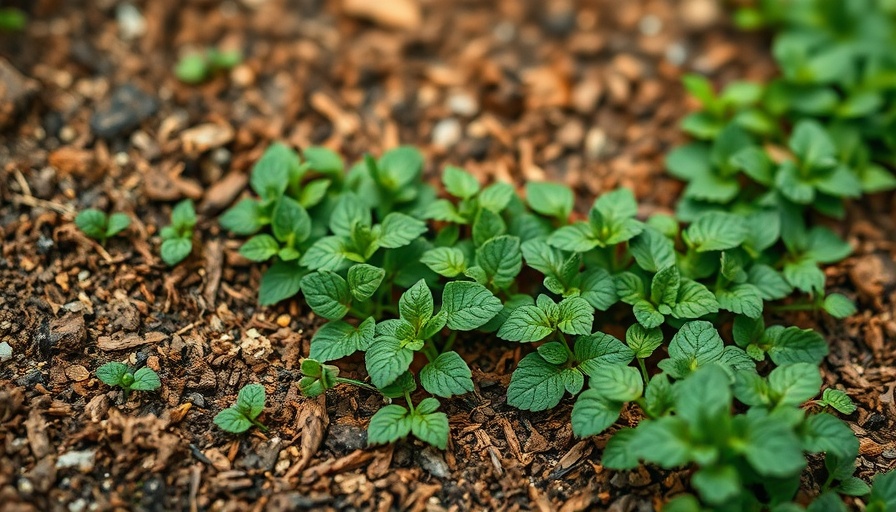
Understanding Spurge Weeds: A Gardening Nightmare
For any homeowner with a lawn, spurge weeds can quickly become a significant nuisance. These resilient weeds are not only fast-growing but are also renowned for their ability to invade gardens, competing fiercely with your cultivated plants. Understanding spurge is essential for effective lawn maintenance, especially as we transition into the spring when these weeds become prominent.
What Exactly Are Spurge Weeds?
Spurge weeds belong to the genus Euphorbia, which includes a variety of species that thrive in distressing conditions such as poor soil, heat, and drought. Spurge types like spotted spurge (Euphorbia maculata) and creeping spurge (Euphorbia serpens) proliferate through a sneaky reproductive strategy—producing thousands of seeds that can linger in the soil for years. According to experts, ideal conditions for these weeds are typically found during the summer months, making preventive measures crucial.”
How to Identify Spurge Weeds
Spotting spurge weeds isn’t challenging due to their distinct characteristics. They often grow in cracks, along driveways, or in neglected garden spaces. They showcase small, oval leaves that might even appear reddish under summer stress. Turf management experts highlight that spurge grows in dense patches, creating a mat that suffocates your grass and plants. During the growing season, be vigilant for their tiny green or pink flowers, which pop out in the leaf axils and produce seeds that exacerbate the problem.
Practical Tips for Control and Prevention
Now that you know what you’re dealing with, tackling spurge weeds requires a mix of proactive and reactive measures. Mulching is one effective method that not only suppresses weed growth but also retains soil moisture—ideal for cultivating healthy plants. If spurge has already taken hold, pulling them out by the root is crucial. Just be careful when handling them, as their milky sap can irritate skin.
Sustainable Practices Against Spurge Weeds
If you want to take a more sustainable approach, consider introducing natural herbicides. Vinegar and salt are both environmentally friendly options that can effectively target your spurge problem without harming your garden’s ecosystem. Additionally, maintain healthy, dense grass which can outcompete spurge and diminish its chances to grow.
Why Lawn Care Matters Now More Than Ever
For homeowners striving for a lush lawn this summer, managing spurge is vital not only for aesthetic appeal but also for enhancing property value. With spring in full swing, a proactive approach toward lawn care aligns well with broader health trends emphasizing the importance of outdoor spaces for mental well-being. As more people turn their attention to cultivating their home environment, taking steps against despised weeds like spurge contributes not just to the beauty of your lawn but to a positive, thriving lifestyle.
 Add Row
Add Row  Add Element
Add Element 


 Add Row
Add Row  Add
Add 

Write A Comment